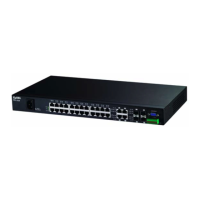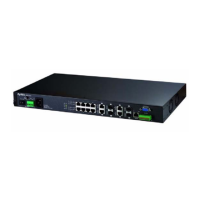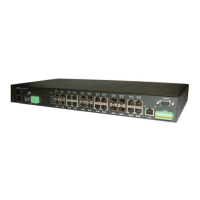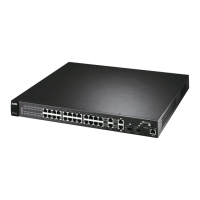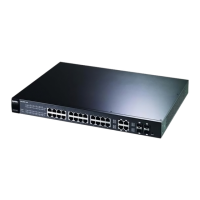Chapter 30 profile Commands
Management Switch Card User’s Guide
920
30.23.1 profile voip sip delete Command
Syntax:
profile voip sip delete <profile>
This command removes the specified SIP profile. An example is shown to delete the SIP profile named “bar”.
30.23.2 profile voip sip map Command
Syntax:
profile voip sip map <profile>
This command displays which subscribers use the specified SIP profile. An example is shown, displaying the ports
that map to a SIP profile named “SIP12” (ports 1 to 48 on slot 4).
30.23.3 profile voip sip set Command
Syntax:
profile voip sip set <profile> <sip-dn> <regsvr-ip>|<regsvr-dn> <proxysvr-
ip>|<proxysvr-dn> [sipport <sip-port>]
[regsvrport <regsvr-port>] [proxysvrport <proxysvr-port>] [dscp <dscp>]
[keepalive off|on <se>] [switchtype <switchtype>] [rtpport <start-rtp-port> <end-
rtp-port>]
where
ras> profile voip sip delete bar
ras> profile voip sip map SIP12
slot port
---- ------------------------------------------------
1 2 3 4
123456789012345678901234567890123456789012345678
3
4 VVVVVVVVVVVVVVVVVVVVVVVVVVVVVVVVVVVVVVVVVVVVVVVV
5
6
7
8 ------------------------
9
10
<sip-dn>
=
The SIP server domain name (maximum 63 characters).
<regsvr-ip>
=
The SIP registrar server IP address.
<regsvr-dn>
=
The SIP registrar server domain name (maximum 63 characters).
<proxysvr-ip>
=
The SIP proxy server IP address.
<sip-port>
=
The SIP server port number (1025 ~ 65535).
<regsvr-port>
=
The registrar server port number (1025 ~ 65535).
<proxysvr-
port>
=
The SIP proxy server port number (1025 ~ 65535).
<dscp> =
DSCP for RTP, SIP packets (0 ~63).
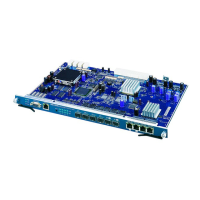
